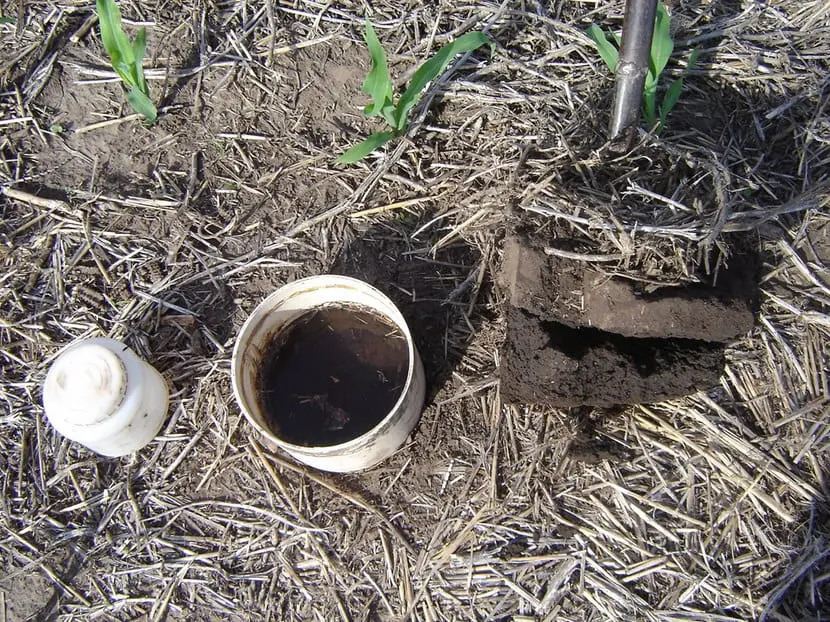When you start thinking about a garden, the best thing you can do is think about the project based on the natural conditions of the place. In other words, what characteristics does the surface in question have, if it has different levels, if the sun illuminates every corner or if there are differentiated areas, if there are humid and other dry spaces and what is the climate in which the space is located.
But in addition, it is important to study the characteristics of the soil because the type of plants you can grow as well as their needs will depend on it. There are species that are appropriate for certain types of soil or species that you can grow in certain sectors but not in others, paying attention to the particular characteristics of each sector.
Types of soils
To distinguish the types of soil, the best thing that could happen is to know the previous history of the place, if there has been vegetation there before, if there was a construction before, if it was a virgin area, etc. This information will be relevant when analyzing the soil and its composition.
According to the texture of the soil , that is, how it looks and how it feels, it is possible to distinguish four types of soil :
– Clay soil : it is a type of compact soil and we could even say that it is rubbery that does not allow water to penetrate well.

– Stony soil : it is a soil that has many stones and that is why it is difficult to grow plants. The land is also dry and compact.
– Sandy soil : unlike clay soil, this soil is loose and dry, so water is absorbed quickly.
– Loam soil: it is a light and loose soil that has a large amount of silt (sediment from rivers), humus and organic matter, and for this reason it is very fertile.
When thinking about the soil, it is important to take into account three factors: the richness of the soil, the drainage and the temperature. Each soil will be poor or rich in nutrients, while the lightness of the soil will affect its ability to absorb water. To get an idea, the ideal is for the water to take up to 5 seconds to be absorbed and to remain in the ground for an hour.

soil depth
Once the type of soil in the garden has been distinguished, it will be useful to know its depth, since there are plants with generous roots that need a great depth so that they can spread without limitations. Deep soils are considered those that exceed 2 meters deep and allow even trees to develop in them.
Shallow soils are no more than 50 cm deep and are usually soils that have been filled in with cropland. Only small plants can be planted in them.
